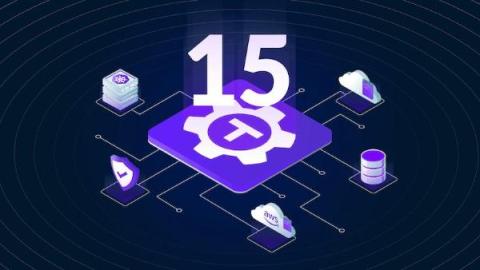Pulumi VS Terraform: The Definitive Guide to Choosing Your IaC Tool
In the cloud-native era, Infrastructure as Code (IaC; read more about it in this blog here) has become the de-facto standard for managing cloud infrastructure, and more. While Terraform has been around for almost a decade, and it had been the one-and-only cloud-agnostic option for a couple of years before competitors emerged, now the landscape is a whole lot more diverse: we've got AWS CDK, CDK for Terraform, and there is a relatively new kid on the block: Pulumi.











